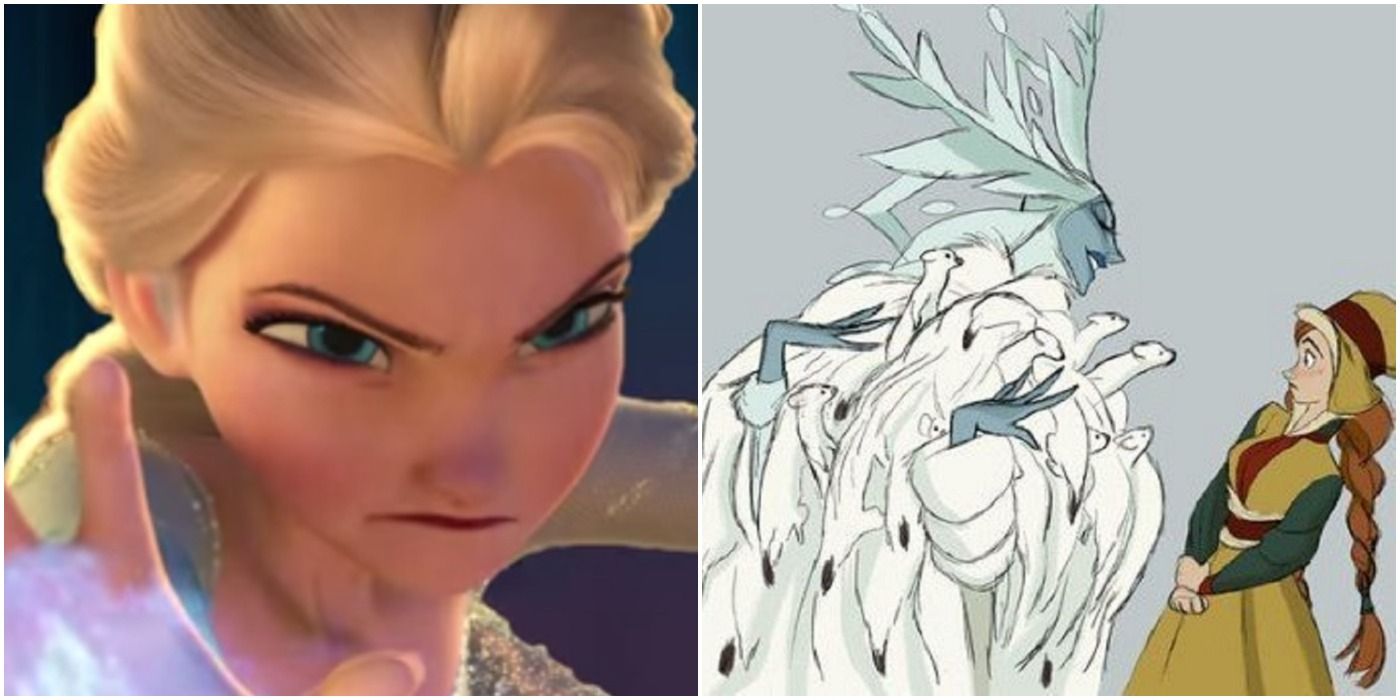
Disney's 2013 film Frozen surprised audiences with its complex relationships, internal struggles, and sumptuous beauty. To this day, "Let It Go" is an anthem and when it starts playing, it's hard for the entire house not to sing along. It undermined audiences' romantic expectations beautifully and gave them a surprise villain in the form of Anna's apparent love interest, the handsome Prince Hans.
However, that's not how this Disney story started. There have been a lot of versions of this tale pitched and storyboarded at Disney over the decades. A lot changed, but many of the biggest shifts centered around Elsa's role. She's a beloved protagonist now, sympathetic even at her lowest moments, grappling with depression, survivor's guilt, and alienation. Even before Walt Disney set his sights on this tale, her origins lay in an unusually dark villain.
10 The Snow Queen Was One of Hans Christian Anderson's Greatest Monsters
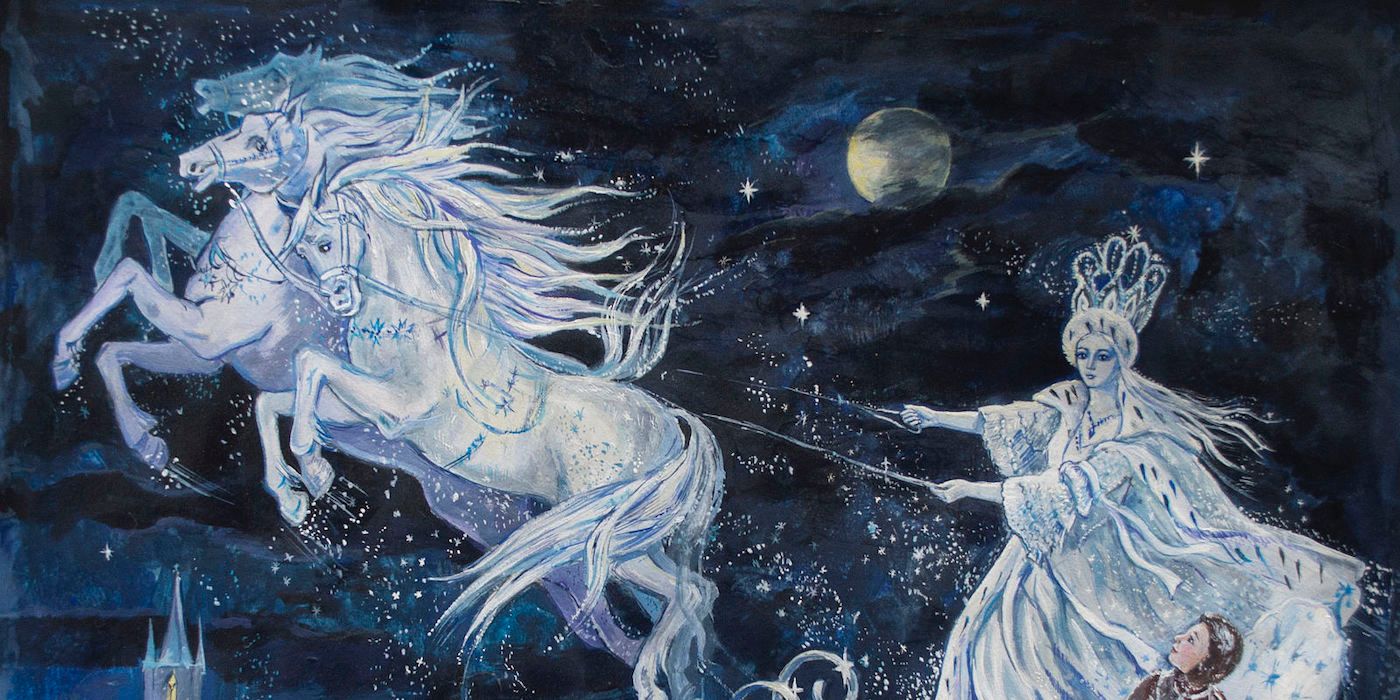
The story that inspired Frozen was Hans Christian Anderson's fairy tale "The Snow Queen." Anderson's known for brutal stories, and this tale of a girl trying to rescue her best friend is no exception. The tale is wild, featuring a magic mirror crafted by the Devil, a brutal kidnapper known as the Little Robber Girl, talking flowers with a possessive and selfish mistress, and of course the Snow Queen herself.
In this story, a boy named Kai has his eye and his heart frozen by fragments of the magic mirror, very much like the wounds Elsa accidentally inflicts on Anna. The mysterious Snow Queen steals him out of spite. His best friend, Gerta, goes on an impossible quest to rescue her virtual sibling from the Queen's lethal beauty. This story went through many iterations at Disney, including versions where Anna and Elsa are unrelated, and versions where the royal sisters are enemies.
9 Walt Disney Tried To Make The Film First
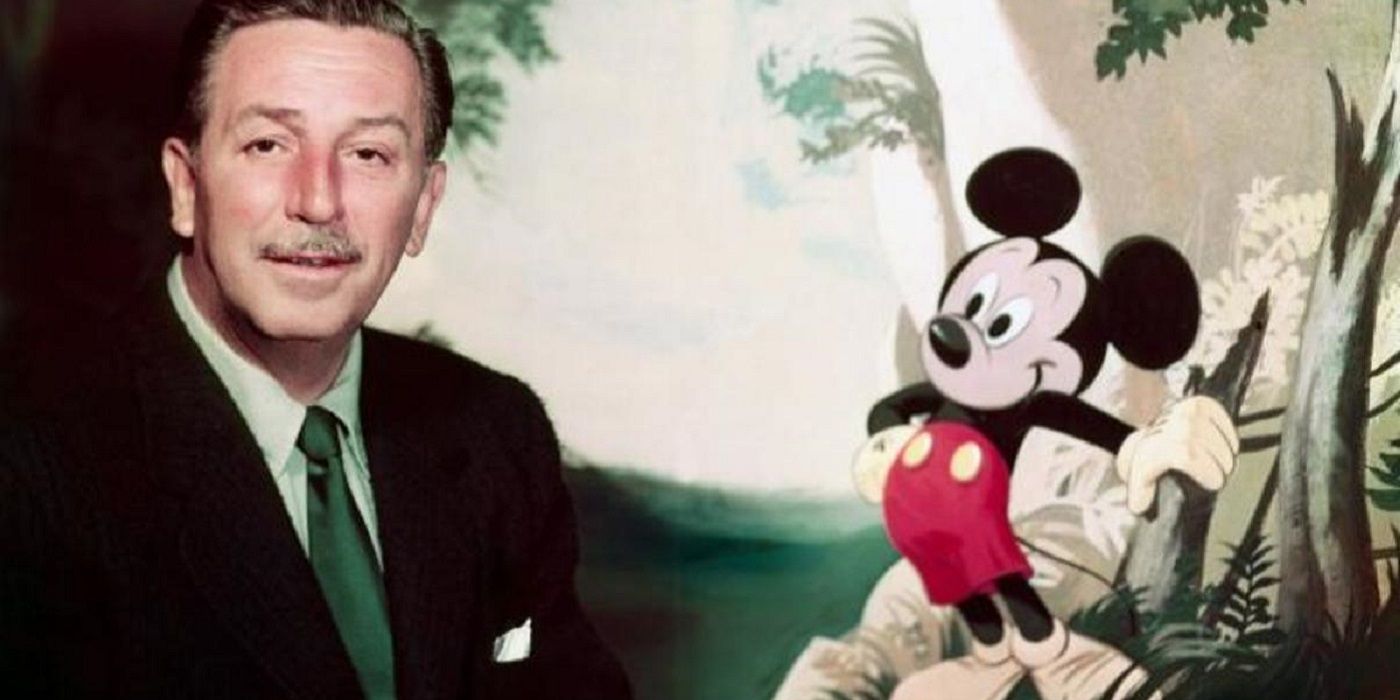
After Disney had a huge success with the first animated feature film, Snow White, in 1937, Uncle Walt himself wanted to make The Snow Queen as a follow-up. However, at the time Walt's ambition and expenditures often outstripped what the young studio could bear. They faced heavy competition from the Fleischer Studio, and they'd filed bankruptcy in 1923. Instead of another film about a beautiful child and a wicked queen, their next feature film ended up being 1940's Pinocchio.
8 It Went Through Many Iterations
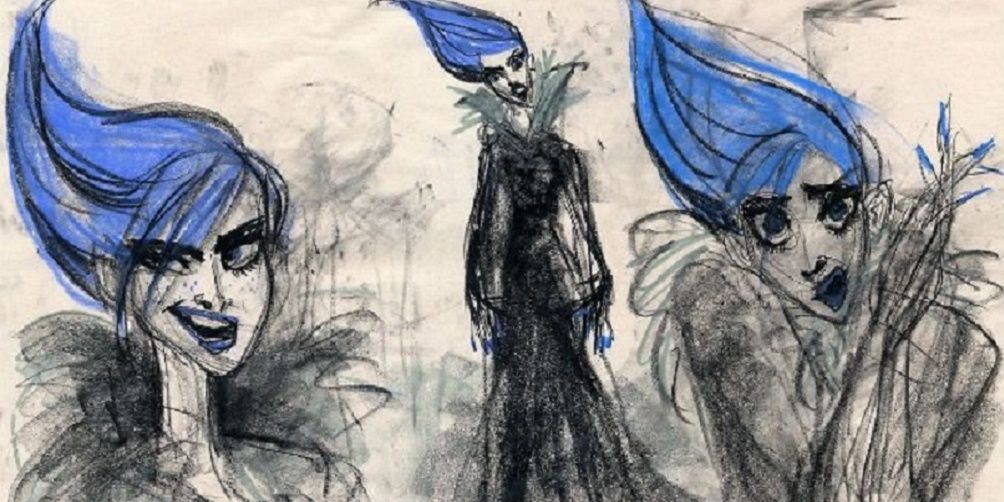
Given Walt's influence on his studio, it's no surprise that this early project stayed in the studio's collective mind. A Snow Queen ride was planned at Disney World in the 1970s. A 1990s Snow Queen script became the Rapunzel story, Tangled. An early 2000s version of the story, titled The Snow Queen, focused on the titular character freezing the hearts of unworthy suitors. Another version of the tale even focused on a romance between Kai and the Queen, casting Gerta as a selfish villain.
Anna and the Snow Queen was the version that almost happened. The Gerta character became Anna, who eventually transformed into the Queen's sister. At this point, though, the story felt overly familiar to the writers. Elsa was a villain out of central casting. It took hearing "Let It Go" as a hero's song to see the path forward to a story about alienation and sisterly love.
7 The Opening Song Reminds Us Of What Almost Was
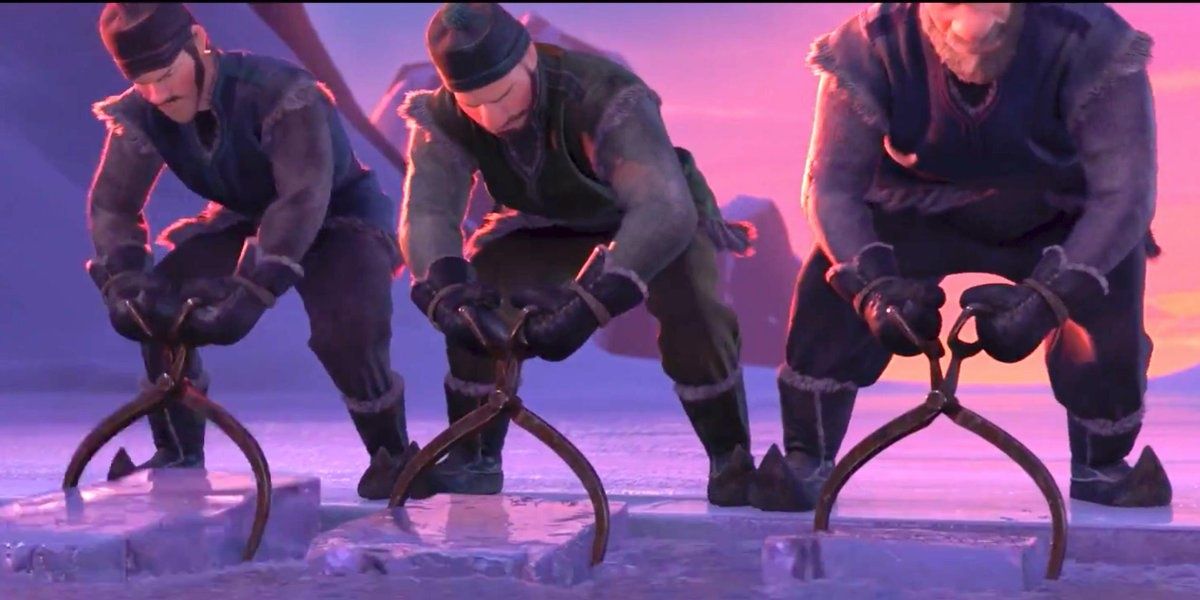
An ice harvesters' work song, "The Frozen Heart," opens the film. Its chanting voices are reminiscent of a sea shanty, but the lyrics are ominous and clearly foreshadowing Elsa's threatening presence.
"Cut through the heart, cold and clear! Strike for love and strike for fear! There's beauty and there's danger here. Split the ice apart! Beware the frozen heart..."
This song suits the finished version of the film, but it's clearly leftover from a time when Elsa was the film's most terrifying presence.
6 She Was Frighteningly Powerful As A Villain
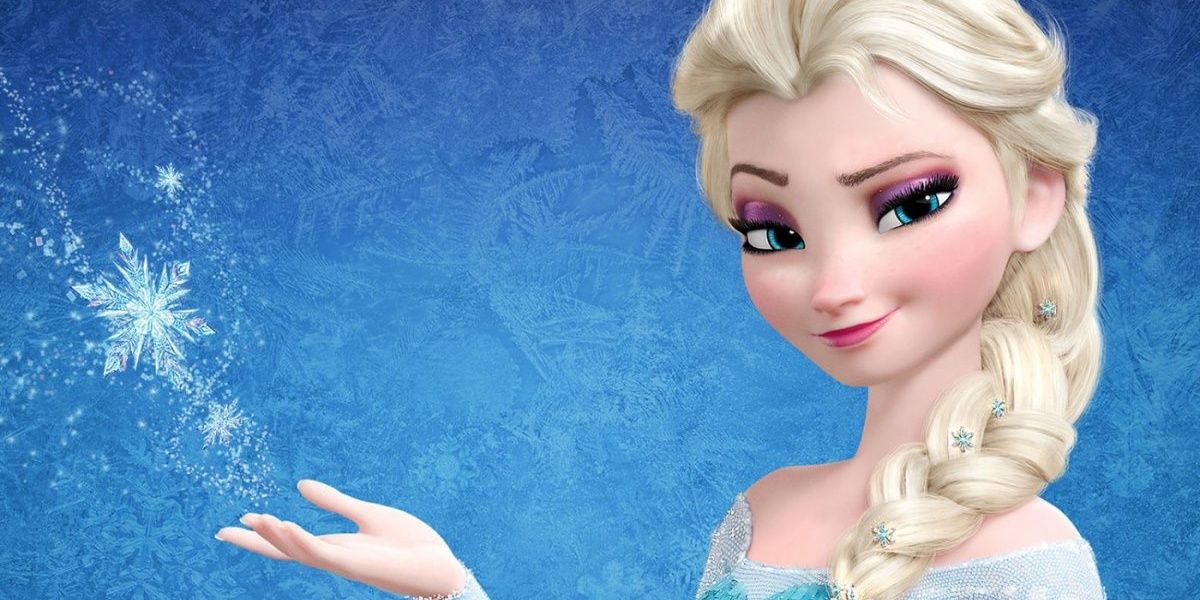
As strong as Elsa's powers are in the film's finished version, in almost all previous versions of the story, she was a more powerful menace. As the Snow Queen, for example, she was in full command of her powers. These included not just conjuring ice, wind, and snow but also more subtle abilities. She doesn't love Kai in the story, but to keep him near, she kisses him. Her kisses steal away his sense of pain, so even when he's black with frostbite he can't feel his death approaching.
Even in earlier Disney drafts, Elsa is a terror. She freezes the hearts of unworthy lovers. She creates an ice army to kidnap her sister on her wedding day. Elsa even froze her own heart to avoid pain after she was left at the altar, and she intentionally did the same to poor Anna. And of course, the eternal winter she inflicted on Arrendale was no accident, but cruel revenge.
5 Olaf Was Her Least Favorite Snowman
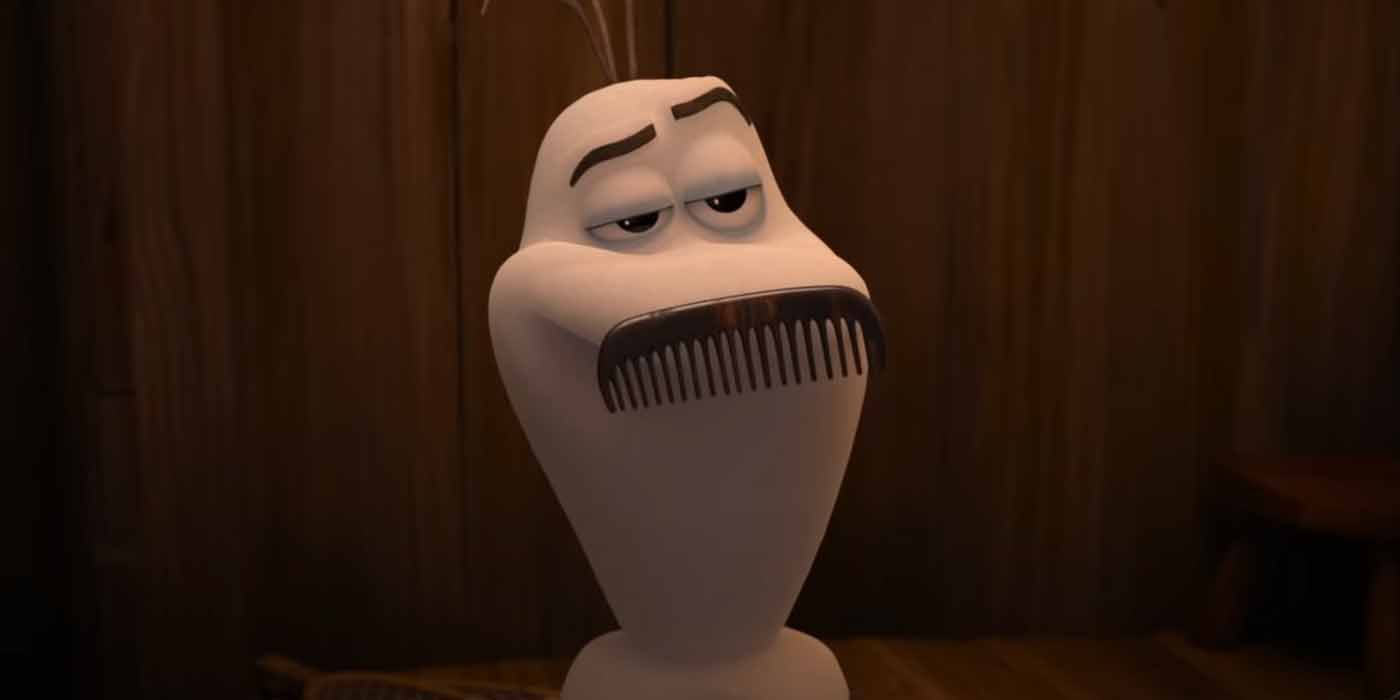
Olaf was featured in the more conventional version of the film audiences almost got and was even still voiced by the incomparable Josh Gad. However, he was an anomaly in her ice army, her misfit first creation whom she regarded as her least perfect creation. Elsa was never cruel to Olaf even in these darker drafts, but he tied her to her family and her feelings, and she hated both. He also carried around a snow globe, symbolizing the good that remained inside of Elsa. However, in a film already replete with symbolism, that detail was eventually cut.
4 She Had A Villain Song
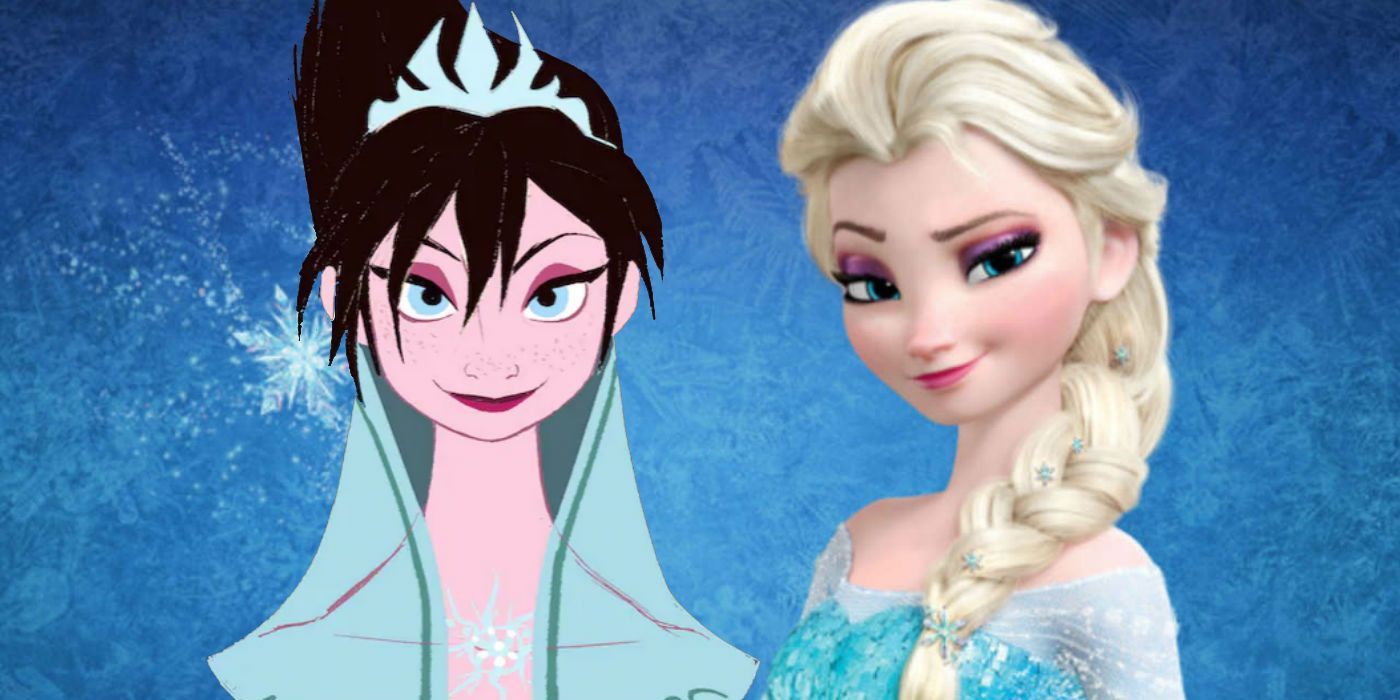
"Cool With Me" was Elsa's definitive song in earlier drafts of the film. While the song was never released, its lyrics are readily available online. Following Elsa's abduction of Anna, it almost feels like a rap battle between the sisters and highlights her jealousy with lines like "If no one wants to love me, they can fear me." It also makes Elsa's intentions plain. She's tired of being isolated, so she freezes her sister's heart. It's a potentially fatal curse that she casts so someone else will know what it feels like to be frozen inside. This could have been the song that defined the third act's curiously music-free landscape.
3 "Let It Go" Still Contains Villainous Lyrics
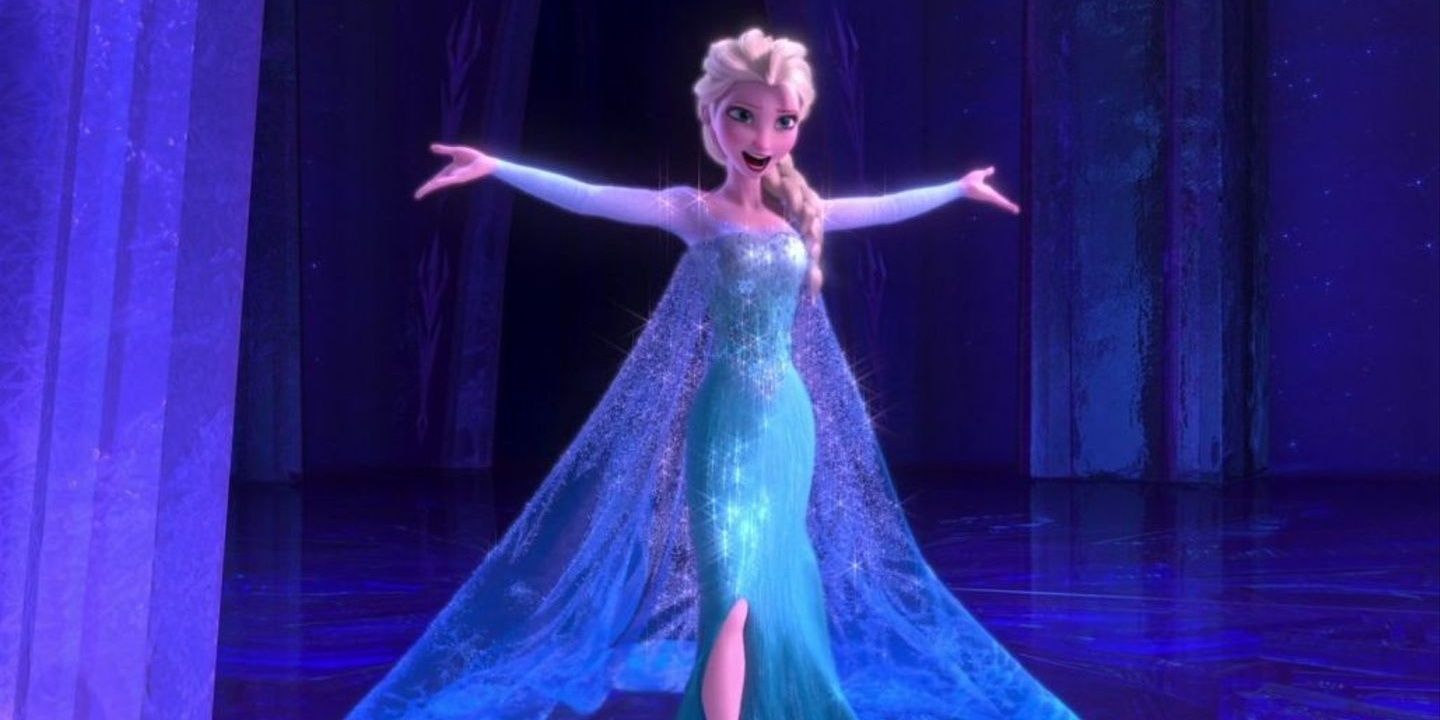
"Let It Go" was an international sensation. Idina Menzel's vocals combined with the beautifully crafted lyrics and animation created an iconic scene no viewer ever forgot. However, this song still contains plenty of hints that it was originally written for a darker character. Just a small shift into a minor key and "no right, no wrong, no rules for me!" becomes ominous. "Don't let them in, don't let them see. Be the good girl you always have to be!" becomes a character who resents moral restrictions. Menzel's voice turns this song into a moment of glory for Elsa, but it easily could have been the moment she slips into the abyss.
2 The Early Character Designs Say It All
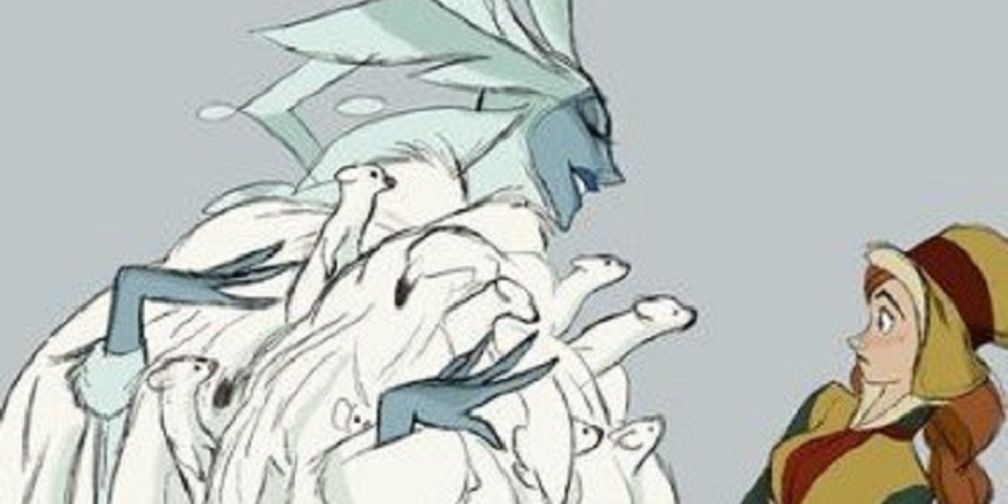
Disney villains have a certain look, and it isn't luminous eyes and gorgeous braids. When animators were designing Elsa as a villain, they went through numerous motifs. Hair like a blue flame and nails like ice talons comprised one look. Another sported a high, dark collar reminiscent of Queen Grimhilde in Snow White. In some versions her skin was blue, and she wore an immense snowflake crown and a coat made of living ermines.
These versions of Elsa invoked villains like Cruella De Vil, perhaps a little too strongly. They were familiar, but Frozen's final form's strength lay in how it surprised its audience.
1 Villainy Is Still In Her Blood
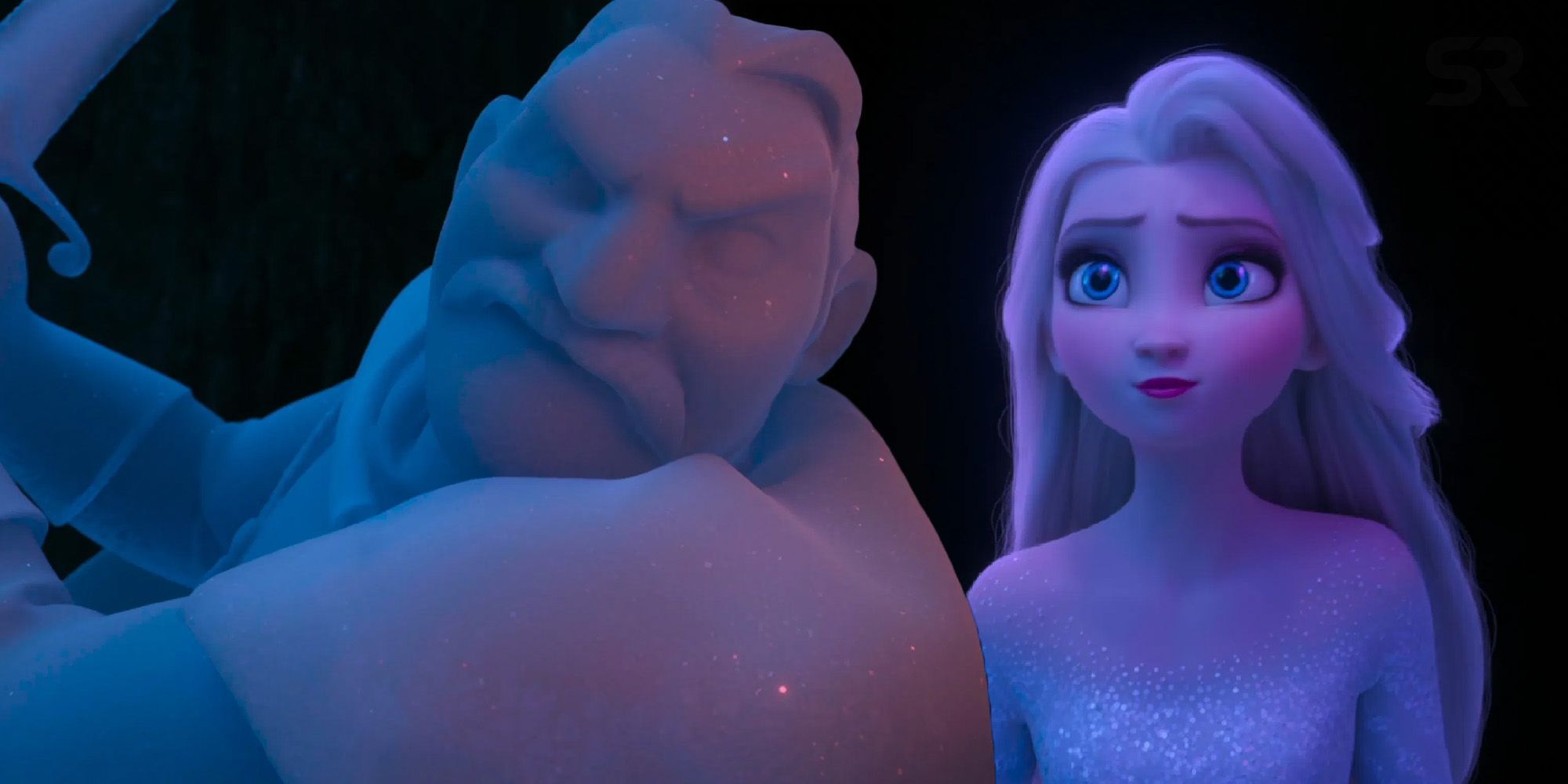
The screenwriters didn't get away from the Snow Queen's evil entirely. In Frozen 2, audiences learned her powers' origins, and they weren't born out of sweetness and light.
Yes, Elsa is chosen to be the bridge between humanity and the spirit world. However, her grandfather's atrocities are what sparked the rift between Arrendale and nature. King Runeard was a very realistic villain, motivated by fear to "hit the Northuldran people back first," ambushing and betraying them, leading to his death, and resulting in a curse that eventually spreads to Arrendale through Elsa's magic. Even though Elsa and Anna are both heroes, a villain's darkness still clings to the powerful queen.
0 Comments